Peterson Trucks is your electric truck dealer for the Bay Area and Northern California. At Peterson Trucks we are dedicated to bringing a class-leading electric vehicle to your fleet!
eMV Series Truck
The new eMV™ Series suits any straight rail application* and with a vehicle performance of 335 hp and battery capacity of 135 miles the new eMV is ready to help you get the job done, no matter what job comes your way. And its new thoughtful design with improved visibility through sloped hood and breakaway mirrors provides additional safety for your crew.
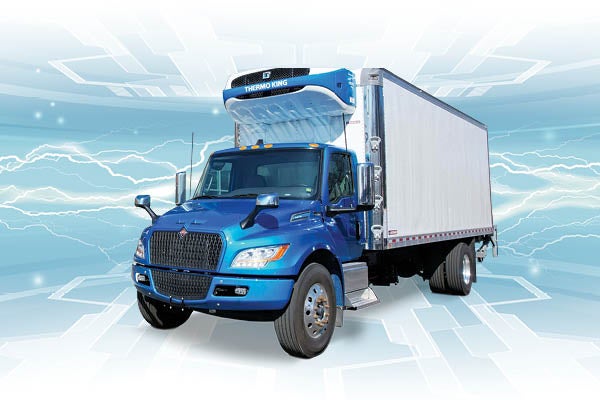
e-Boost Mini
The International e-Boost Mini is an off-grid EV charging system. It's designed to charge electric vehicles in locations where an electrical grid source is unavailable. The system includes a 30kW DCFC InCharge Level 3 charger with dual CCS connectors and a touchscreen for operation.
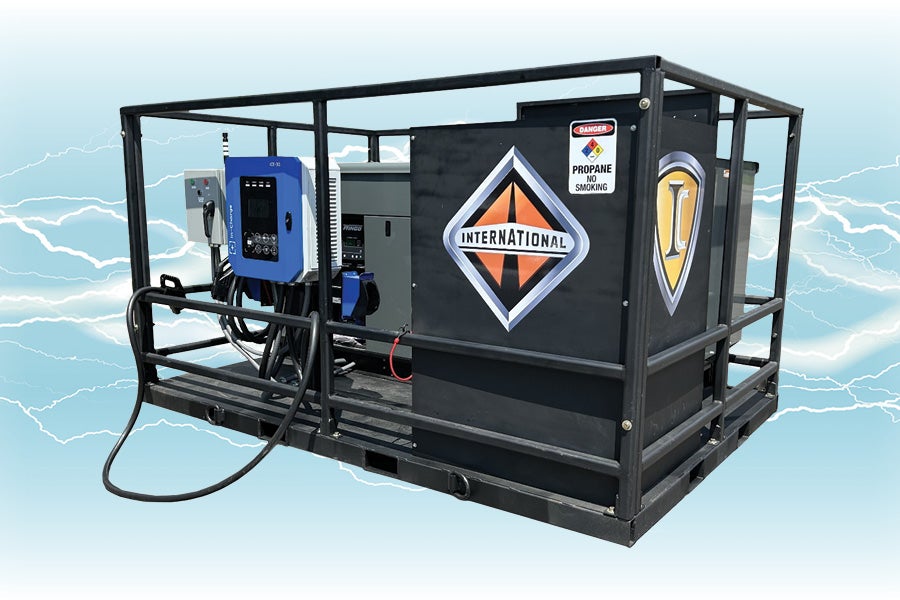
InCharge ICE-19.2kW
This Energy Star-certified Level 2 80A AC charger is one of the only options in the U.S. able to simultaneously charge two EVs at maximum output of 19.2kW.
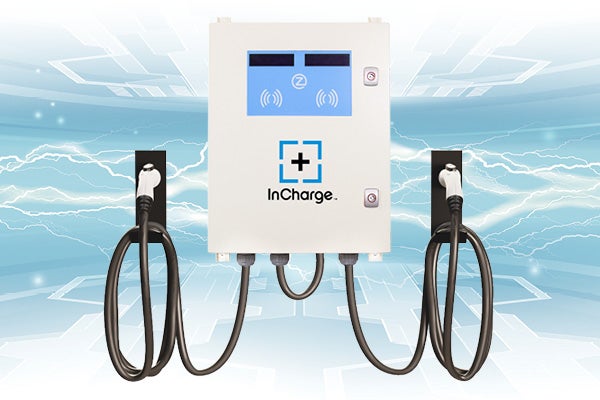
InCharge ICE-30kW
ICE-30 is a compact DCFC capable of charging with one or two connectors and supports both CCS and CHAdeMO standards. This DC Wallbox is designed for easy wall mounting or can be attached to our pedestal which includes cable management and convenience lighting.
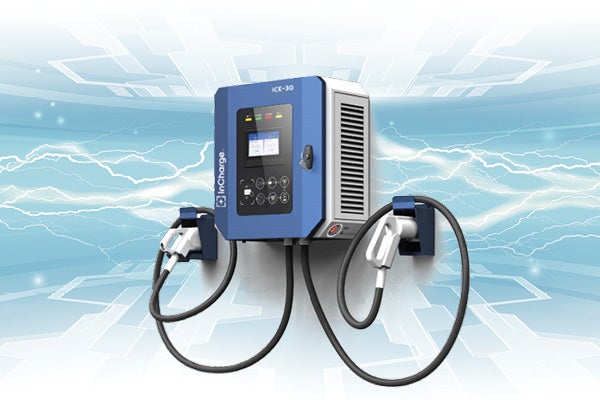
InCharge ICE-120kW
The InCharge Energy ICE-120 is an All-in-One DC Fast Charger, which supports both CCS and CHAdeMO standards with one or two connectors. This DC All-in-One is designed for easy installation and high reliability.
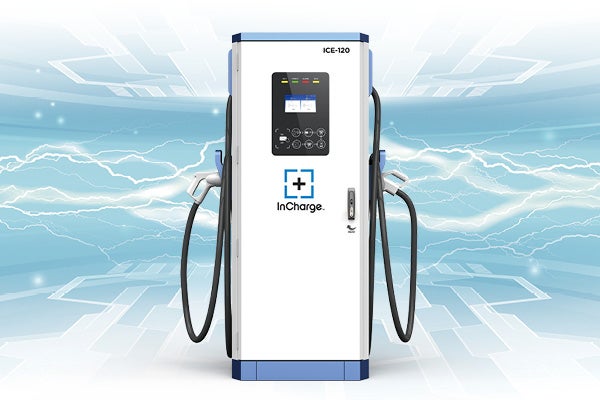

 WARNING
WARNING